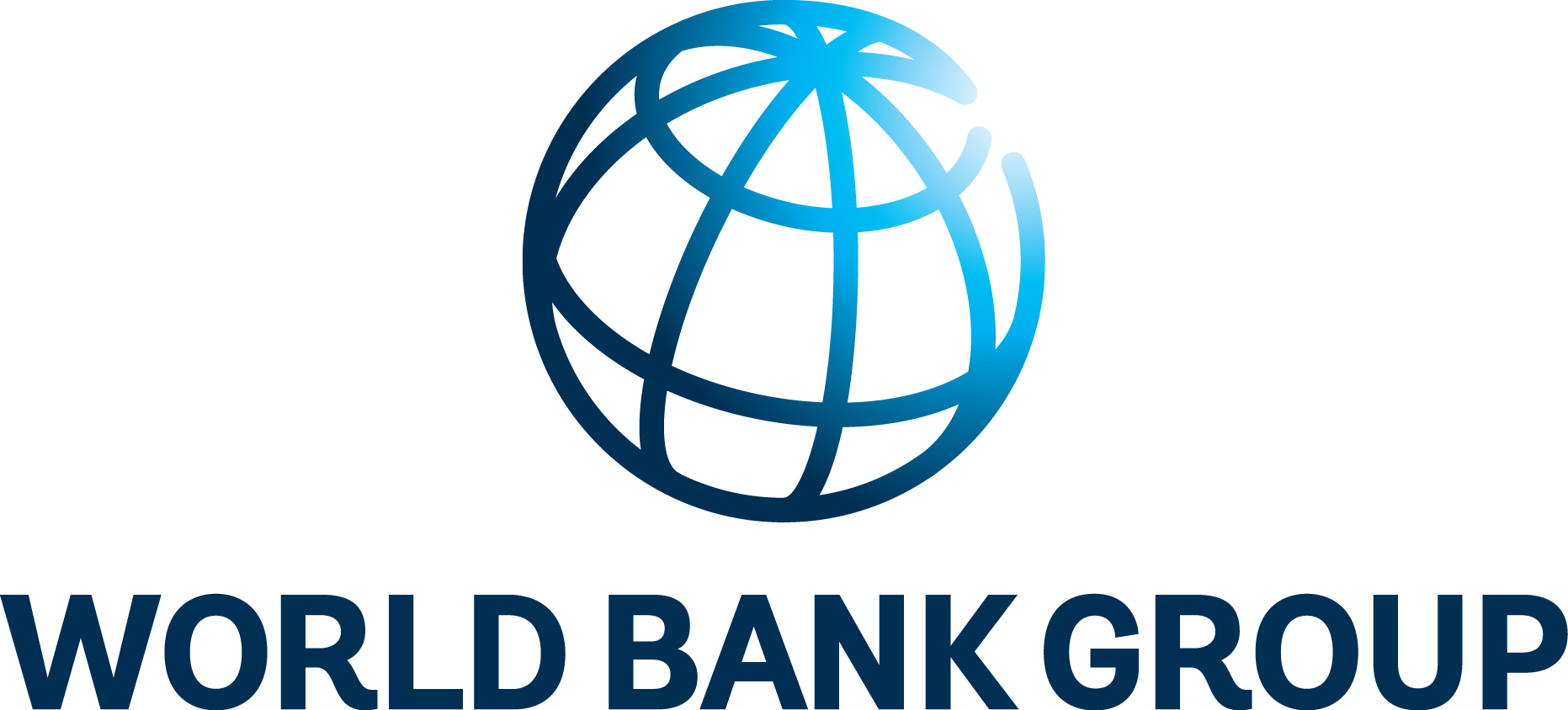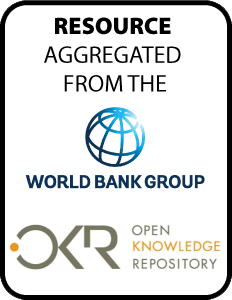The World Bank is a vital source of financial and technical assistance to developing countries around the world. We are not a bank in the ordinary sense but a unique partnership to reduce poverty and support development. The World Bank Group has two ambitious goals: End extreme poverty within a generation and boost shared prosperity.
- To end extreme poverty, the Bank's goal is to decrease the percentage of people living on less than $1.25 a day to no more than 3% by 2030.
- To promote shared prosperity, the goal is to promote income growth of the bottom 40% of the population in each country.
The World Bank Group comprises five institutions managed by their member countries.
The World Bank Group and Land: Working to protect the rights of existing land users and to help secure benefits for smallholder farmers
The World Bank (IBRD and IDA) interacts primarily with governments to increase agricultural productivity, strengthen land tenure policies and improve land governance. More than 90% of the World Bank’s agriculture portfolio focuses on the productivity and access to markets by small holder farmers. Ten percent of our projects focus on the governance of land tenure.
Similarly, investments by the International Finance Corporation (IFC), the World Bank Group’s private sector arm, including those in larger scale enterprises, overwhelmingly support smallholder farmers through improved access to finance, inputs and markets, and as direct suppliers. IFC invests in environmentally and socially sustainable private enterprises in all parts of the value chain (inputs such as irrigation and fertilizers, primary production, processing, transport and storage, traders, and risk management facilities including weather/crop insurance, warehouse financing, etc
For more information, visit the World Bank Group and land and food security (https://www.worldbank.org/en/topic/agriculture/brief/land-and-food-security1
Resources
Displaying 461 - 465 of 4907The Urban Imperative
The volume emphasizes the need to rethink cities and to imagine a better urban future by providing the reader with diverse perspectives on urbanization such as the changing economic landscape, city competitiveness, entrepreneurship, inclusion, informality, sustainability, and provision of essential services.
A Portfolio Review of World Bank Rice Projects
Rice is the world’s most heavily
consumed staple crop. Its production requires enormous
volumes of water and emits large quantities of atmospheric
methane, a greenhouse gas some many times more powerful than
carbon dioxide - particularly during a medium term period of
about seven years. In a global context of growing
population, increasingly scarce water resources, and climate
change, more productive, sustainable, and efficient rice
Assessment of the Economic Impact of Cruise Ships to Vanuatu
The World Bank Group, DFAT-Australia,
and Carnival Australia have partnered to conduct this study
of the economic impact of cruise ship tourism in Vanuatu.
Data gathering and analysis for this study was carried out
by Net Balance Management Group. Over the past 10 years,
Vanuatu’s cruise arrivals have grown by 15 percent per year.
Cruising to Vanuatu has been buoyed by an advantageous
location within a few days’ sail of Australia, a varied
Rising Tempers, Rising Temperatures
Section one of the papers provides a
brief overview of the relationship between the Sahel region
of Africa and climate variability trends and predictions,
ultimately posing the primary research question of the
study: Is the Sahel region more likely to have a higher
probability of conflict and migration as a result of climate
change and climate change-related events? In section two,
research and analysis aim to identify causal paths between
The Cost of Fire
In a five-month period, man-made fire cost Indonesia $16.1 billion or 2 percent of GDP in 2015. An estimated 2.6 million hectares – an area four times the size of Bali – burned. While the 2015 fires were some of the worst in recent years (in part as a result of el Nino), they are by no means a singular event. Wide-scale fire crises occur annually in Indonesia. Indonesia’s fire story is not just one of loss and damage; fires contribute to significant economic upside for a diverse, if concentrated, group of actors.






